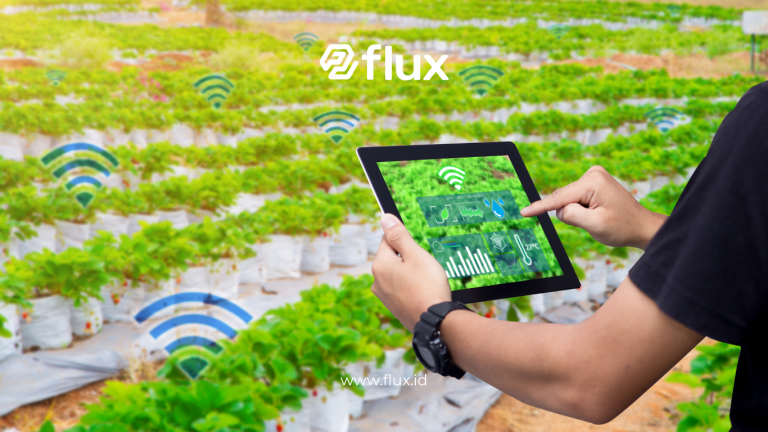Don't miss our holiday offer - 20% OFF!

Read also : The Role of Sensors in Creating Green and Comfortable Buildings
Modern buildings are increasingly challenged to become more energy-efficient. Growing environmental awareness and rising energy costs have prompted building owners to seek ways to reduce their energy consumption. One increasingly popular solution is the use of intelligent door and window sensors. This article will explain how door and window sensors can be the key to building energy efficiency, helping you save energy and costs.
Contents
The Importance of Building Energy Efficiency

Read also : Automated Parking Concept: Smart Solution for Availability
Before we delve into the role of door and this sensors, let’s review why building energy efficiency has become so crucial. Collectively, buildings consume a significant portion of the world’s energy, including electricity and fuel for heating and cooling. The escalating energy consumption contributes to greenhouse gas emissions and climate change. Moreover, continually increasing energy costs pose a financial burden for building owners.
Door Sensors: Optimizing Energy Use

Read also : Benefits of Door and Window Sensors for Smart Buildings
Smart door sensors can play a pivotal role in optimizing energy usage in buildings. These sensors can detect when doors are opened or closed, allowing automated systems to adjust devices such as heating systems, air conditioning, or lighting. For example, when a sensor detects a door opening, the system can automatically reduce heating or air conditioning usage to prevent energy wastage when no one is in the room.
Window Sensors: Maximizing Natural Light

Read also : Security and Privacy in Connected Parking Systems: Challenges and Solutions
Similar to door sensors, window sensors are crucial for energy efficiency. They can determine whether windows are open or closed. This enables systems to regulate natural lighting and ventilation within the building. Window sensors can adjust artificial lighting based on available natural light, reducing reliance on electric lighting during daylight hours. This is an example of how sensor technology can help reduce unnecessary energy consumption.
Integrating Door and Window Sensors

Read also : Security and Preparedness Enhanced by Smart EWS Technology
One of the powerful aspects of using door and window sensors is the ability to integrate them into a larger system. By employing smart building management software, building owners can coordinate these sensors to achieve maximum efficiency. For instance, when a door sensor detects an entry, window sensors can adjust ventilation as needed, creating comfortable and energy-efficient conditions for building occupants.
Conclusion

Read also : Behind the Scenes: Humidity Sensors in Efficient Smart Buildings
The utilization of smart door and window sensors is a crucial step in achieving energy efficiency in modern buildings. By aiding in the optimization of energy usage, reducing waste, and integrating these sensors into smart building management systems, building owners can save energy and operational costs. Additionally, this contributes to environmental preservation by reducing the carbon footprint of our buildings.
So, whether you’re a building owner or a professional in the industry, consider integrating smart sensors into your energy efficiency plans. By doing so, you will be part of the movement toward environmentally friendly and energy-efficient buildings.





